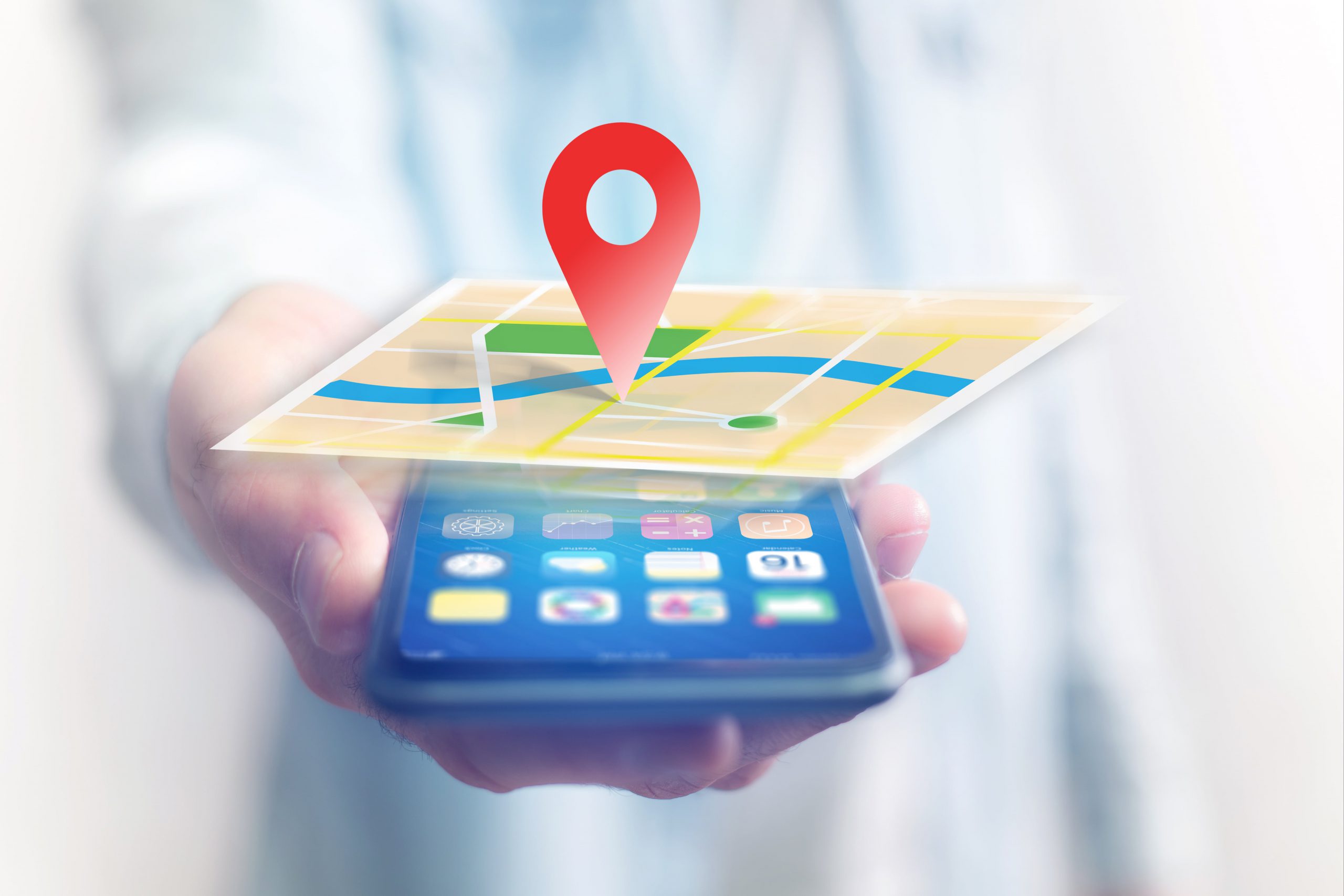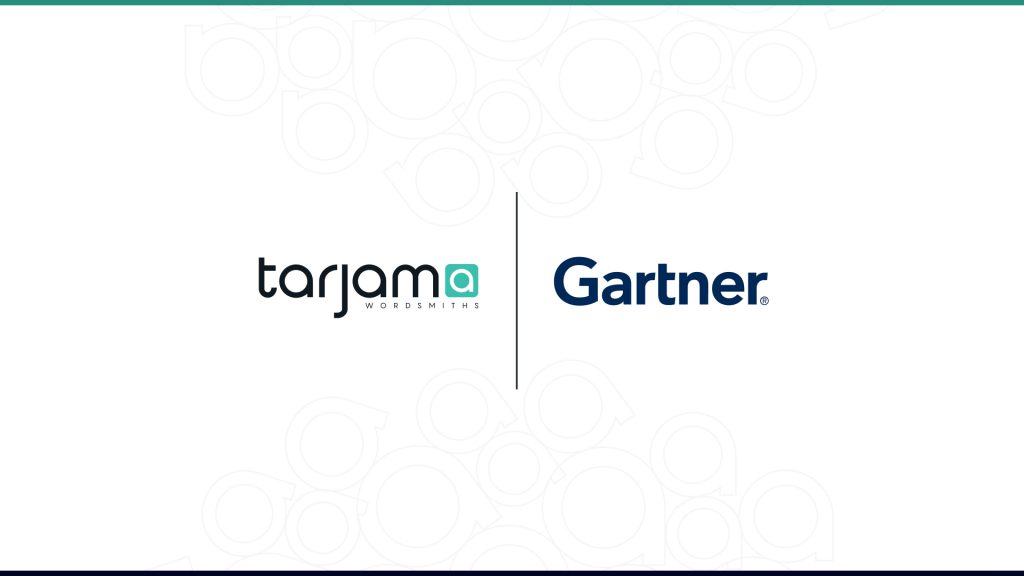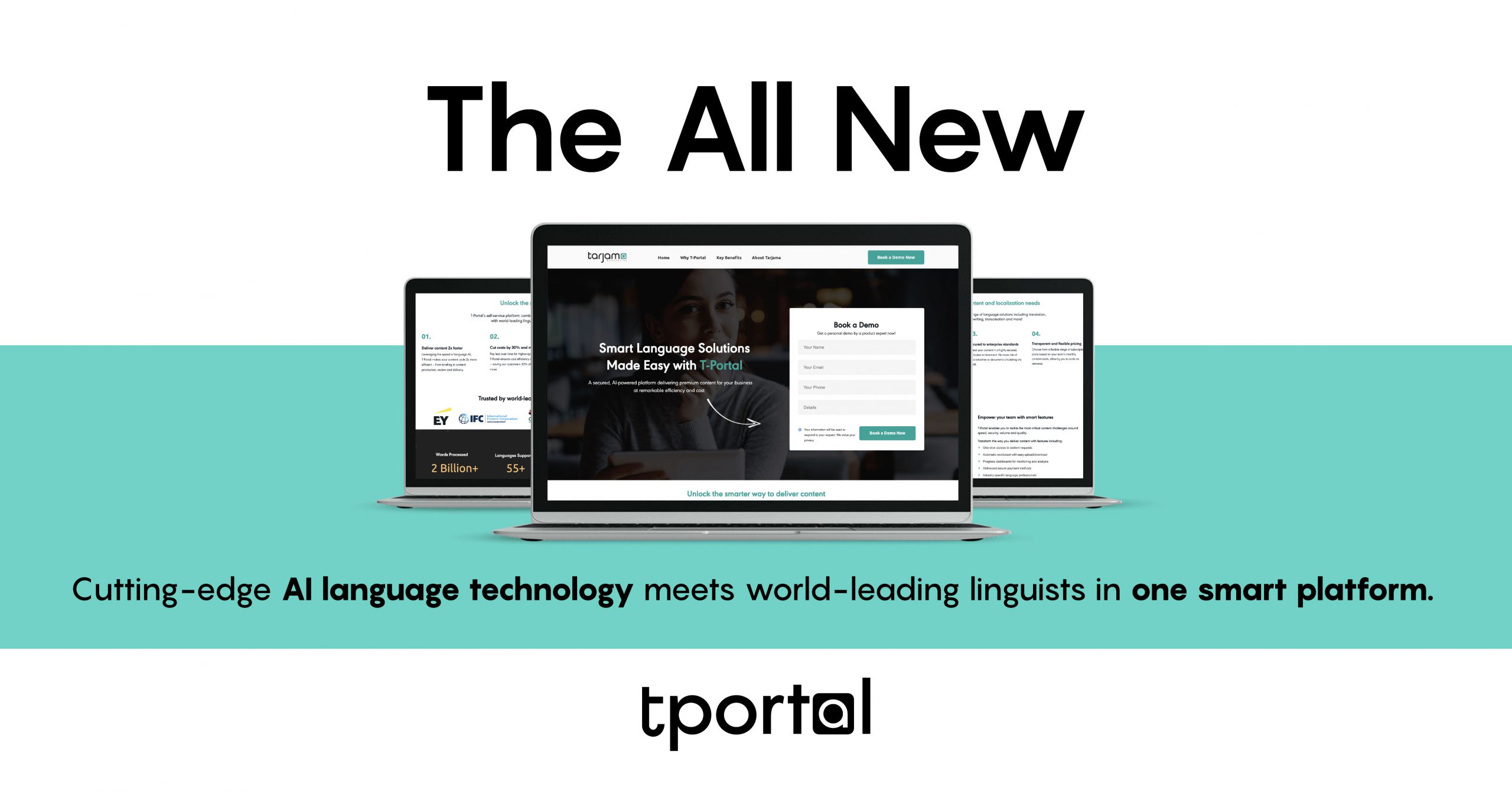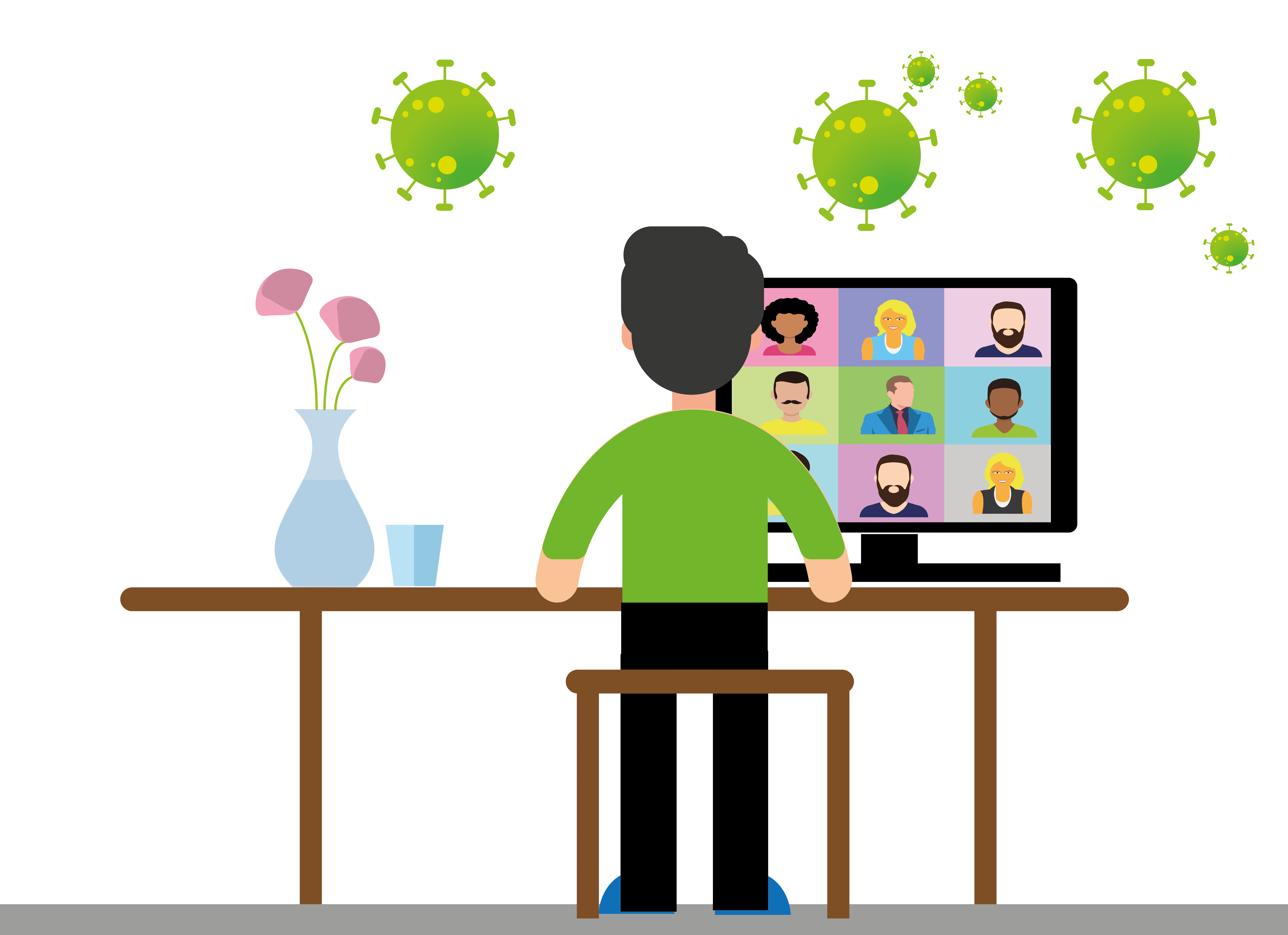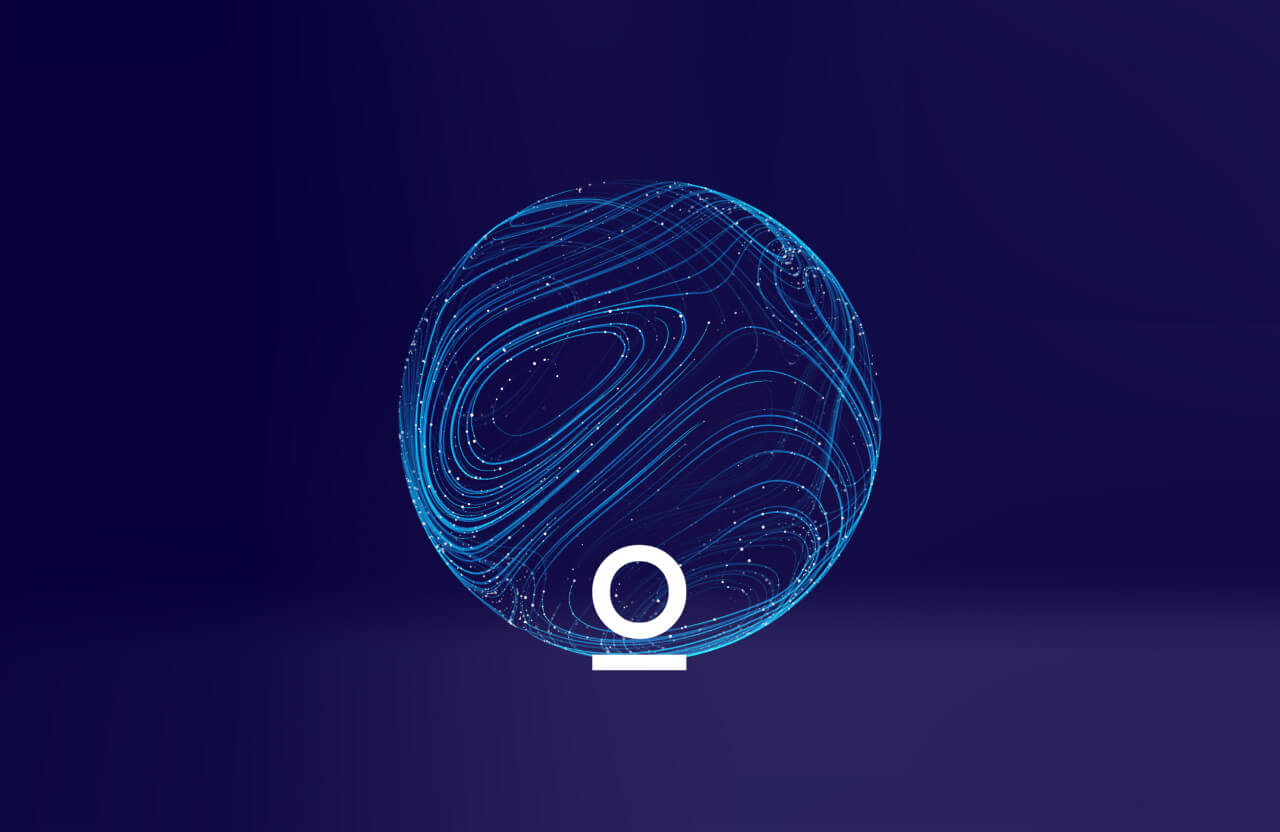Localization has changed the way businesses plan for global expansion. Corporates have realized that it takes more than merely translating your business and marketing material into the new markets’ target languages. In the age of individuation and personalization, global growth is dependent on tailoring your website content and design as well as holistic online presence in a way that addresses international audiences in their local tongue.
Contemporary localization efforts go so far as to curate locale specific content that caters to the specific tastes and cultural contexts of their audience. Accommodating people from more than 190 countries with different dialects is a daunting, yet necessary, mission.
When in doubt, turn to the masters of trade who exhibit great examples of localization success. Ruminating on their initial localization failures and current success can inspire and educate companies interested in localizing their online presence to perfection.
Considering the history of localization, which became popular in the 1980s when American software megaliths sought to expand their markets to foreign countries, it is no wonder that some of the most iconic and transcendental localizing experiences of 2020 are to be found in tech giants.
And that’s where we start our tour…
Netflix

Incorporated in 1997 as an online DVD rental hub, Netflix transformed into a digital streaming service in 2007. Carrying along its 7.48 million DVD rental subscribers from the USA, the number of subscribers has grown today to 167 million across 190 countries, 60 million of whom in the US.
Part of the runaway success of Netflix’s globalization strategy is enabling its subscribers to watch streamed content in their language of preference through subtitles and dubbing. Viewing statistics show that the most watched shows in India, for instance are Narcos (parts of which is in Spanish), Stranger Things, Black Mirror, Riverdale, and Chef’s Table – all shows that are taped in English.
Localization however doesn’t stop at subtitles and dubbing over shows and movies. Netflix’s UI (user interphase) and navigation transforms itself to account for 25+ languages and scripts using a mechanism known as Pseudo Localization.
Pseudo Localization accounts for languages other than English which require more space for words and characters. This level of localization requires Netflix to have a strong team of translators who create culturally relevant localized subtitle and dubbing content. This emphasis on sourcing the best translating talent has enabled the tech giant to solidify its position amongst globally recognized and utilized brands.
PUBG

PUBG is a popular multiplayer online mobile game developed by Irish gamer and photographer Brendan Greene. Together with Bluehole Inc, Greene developed 2017-8’s world’s most popular game in Korea.

With more than 400 million players worldwide, it is interesting to note the strategies that PUBG Corporation put in place to translate and localize for more than 11 languages besides English. Building such a colossal player base required for players of different cultural and language backgrounds to understand game instructions and develop a firm grasp of game hooks in order to emotionally connect with the virtual world they’re playing in as well as the overall experience.
Providing players with a limited range of languages and cultural contexts that explain the instructions most likely results in players failing to connect fully with the game and opting to abandon it at this point.
Among PUBG Corp’s localization success stories is how it toned down the violence in the game for their Chinese audience who were put off by what could be termed gratuitous use of violence. The gaming company also included China’s socialist policies in the game. This moved the country to the second spot for most players with Chinese residents boasting 19% of the world population currently playing PUBG.
Nescafe
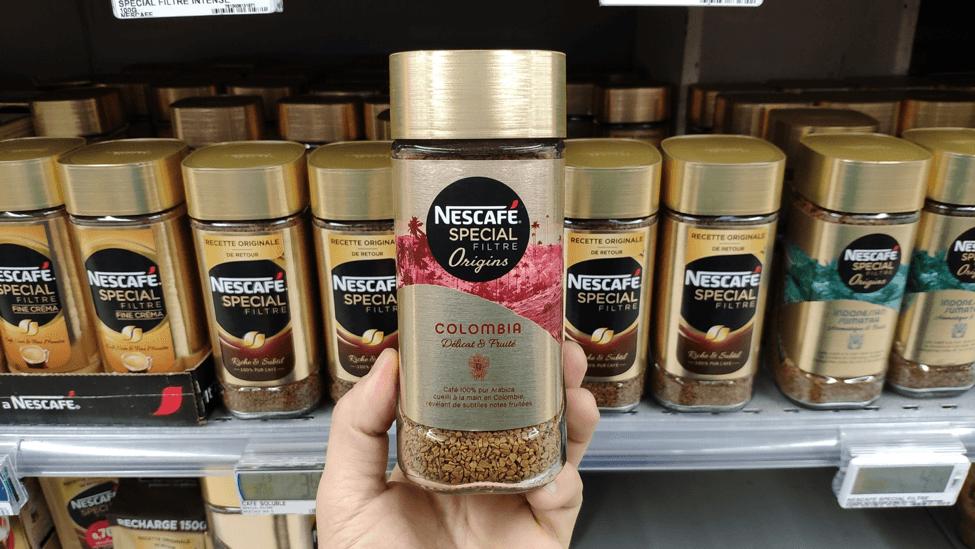
Nescafe has proved itself to be a formidable force on the localization front, sporting multiple specialized layers to provide their audiences with an online experience tailored to their language and cultural preferences and taste. By studying their different online experiences, one can easily tell that they have taken the time to study their various audiences and their idiosyncrasies.
For instance, the US website is peppered with content espousing western ideals and bedazzled with the growing trend of video marketing, all presented in minimalist aesthetics along with a static logo.
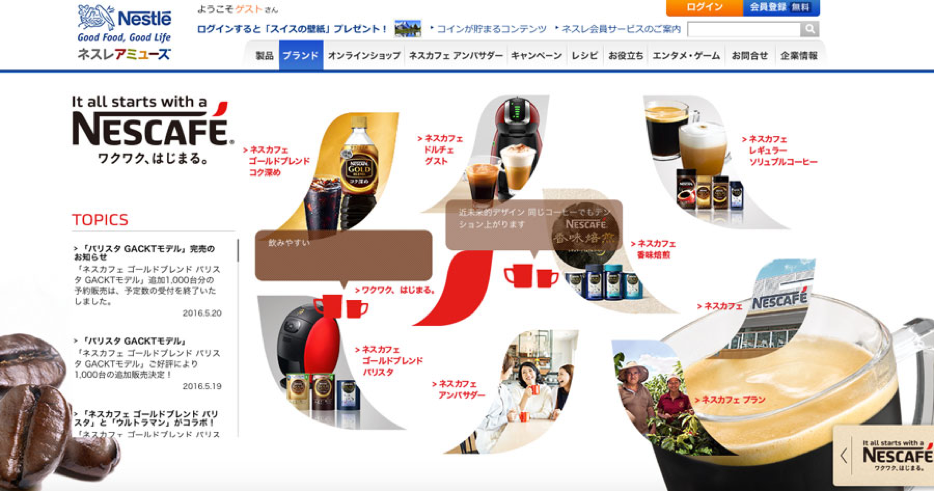
However, the Japanese Nescafe website appeals to an entirely different, more visual market with its modular, maximalist design. It also features Nestlé’s logo which residents of Japan are more familiar with than the Nescafe’ logo.
McDonald’s

The McDonald’s localization strategy across various regions keeps their website more or less the same for reasons of continuity. They aim to bring a classic American brand to the international masses and that comes across in their westernized aesthetic, only making regional concessions to accommodate the various culinary preferences of their customer base.
In Australia, for instance, there is a distinction between the rest of the menu and a more sophisticated ‘grown up’ menu with a diverse set of ingredients, for the more gourmet gastronomists from down under.
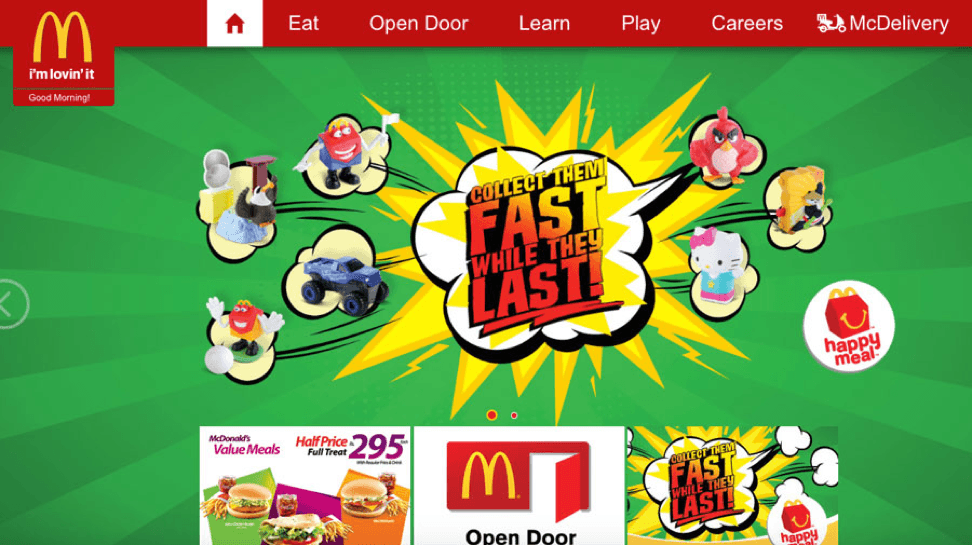
In addition to various culturally conscious meal options, the focus of McDonald’s website localization in Pakistan is the Happy Meal toys that have proved to be very popular in the country.
How to Localize Like the Best

- Create a content bible:
Even with the most talented translation workforce, content giants espouse the importance of a so-called ‘content bible’, a document that offers deep insight into the brand’s content guidelines. The content bible is a great reference point for translators to make sure that the localized content adheres to the original brand identity. This is of prime importance for ensuring brand consistency across the globe.
- Hire translation and localization experts:
Professional localization requires so much more than mere knowledge of the source and target languages. It demands knowledges of the culture, locale, idiosyncrasies, and other communication limitations. Hiring experts on cultural context and partnering with the right translation and localization specialist can be the difference between being offensive to a culture or complementing it with your software, product, or service.
Brands like Toyota, Sony, and Netflix hire language solution providers who guarantee that localized content is not only error free but also resonates with the local audience. These agencies hire the best editors and translators, including linguists, project managers, and technical experts in their regions. These experts understand the culture and have a firm grasp of language, popular phrases, idioms, internet movements, and popular trends that would be appropriate for your brand. - Develop a unique brand voice:
Taking an expert linguistic approach to translations and localization takes into account the relationship between words, context, grammar, culture, and brand image or identity. In order to reach an audience at their individualized level then incorporating a professional team and solid linguistic processes will adapt content to comply with legal, visual, and colloquial needs of a target market.
Established linguistic processes should help streamline localized communications across a wide array of formats, from newsletters and ads to social media. - Context is king:
The focus must be on the localized content’s context during interpretation because it is the most significant component of communications. Words assume different meanings depending on the contexts in which the speakers use them, and machine translator’s inability to understand cultural undertones and intonations is the reason people still prefer human translators over automated interpreters. Ineffective communication is prevalent among unreliable communicators who ignore contexts like the medium of exchange (such as video scripts and printed materials). Impressive dialectal voices emerge when we account for the audience’s context too.
- Steer clear of mistakes or miscommunications:
In order to avoid being irrelevant, offensive, or inaccurate, a localization strategy must be laid out and complied with across all localization activities spanning all target markets. Culture sensitivities must always be considered thoughtfully when translating any content even if stories and jokes. A simple misunderstanding can cost you being ridiculed and shamed.
In a Nutshell….
The creation of an enhanced, tailored and personalized customer experience for a diverse audience is a brand’s ultimate goal when in a bid to globalize. The perfect strategic communications campaign will be undertaken by a well recruited team of linguists, technical and cultural specialists. The team method is desired for its ability to consistently produce technically accurate content that has the spirit of localization and is culturally appropriate. When multiple language teams stick to the brand guidelines and the content bible they produce a complete spectrum of content accuracy and localized effectiveness.
Whether they were required by law to completely redesign their game in order to make it less violent, or stuck to their western aesthetic while catering to a variety of culinary preferences, globally successful brands teach us to take a flexible approach to localization with the backing of a team of specialist experts at your beck and call.
Get started today on your brand localization journey and contact our team of industry specific language experts.
